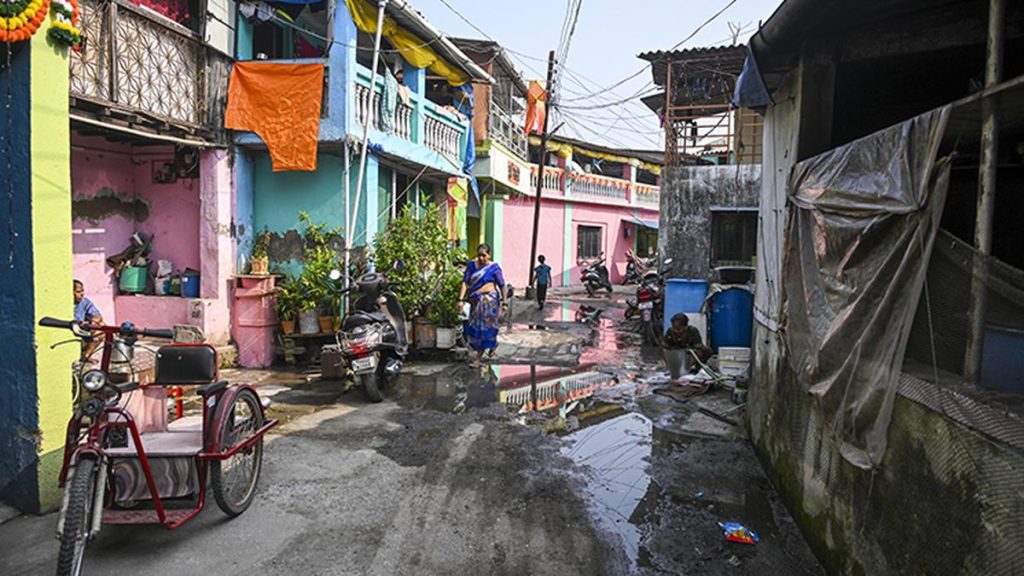Now Reading: Google Introduces AI-Driven Language Learning Platform
-
01
Google Introduces AI-Driven Language Learning Platform
Google Introduces AI-Driven Language Learning Platform

Fast Summary
- Google has launched a new AI-powered language learning platform, Little Language Lessons, available in Google Labs.
- This initiative is experimental and uses generative AI, which may lead to occasional inaccuracies in translations or lessons.
- The platform supports 22 languages, including Hindi, with options for regional dialects.
- Features include:
– tiny Lesson: Teaches vocabulary, phrases, and grammar based on user-defined themes (e.g., “taking a taxi”).
– Slang Hang: Offers conversational context for slang and expressions but lacks support for certain languages like Hindi and Japanese.
– Word Cam: Identifies objects from photos taken by users and provides translations in the target language with usage examples.
- Critics highlight Duolingo’s structured approach versus Google’s casual method but warn about potential mistranslations due to AI inadequacies.
!2000×1125.v1746038952.jpg”>Slang Hang Example
credit: Lifehacker
Indian Opinion Analysis
Google’s inclusion of Hindi in its Little Language Lessons program reinforces India’s importance as a key demographic in global tech innovation. This could foster broader accessibility to learning experiences aligned with india’s diverse linguistic landscape. The AI-driven design offers adaptability compared to methods like Duolingo’s regimented structure; however, the potential inaccuracies could impact trust among India’s vast multilingual population accustomed to precise cultural nuances.
India’s education sector might benefit from experimenting with such tools as supplementary aids for vernacular studies or skill-building programs focused on foreign languages. Yet critical scrutiny of outcomes is essential-misinterpretations posed by generative AI errors might hinder practical adoption among schools or goverment-backed initiatives aimed at enhancing digital literacy.
The addition reflects growing interest in leveraging India’s linguistic diversity through advanced technologies but underscores the necessity of accuracy over novelty when addressing culturally sensitive content.



























